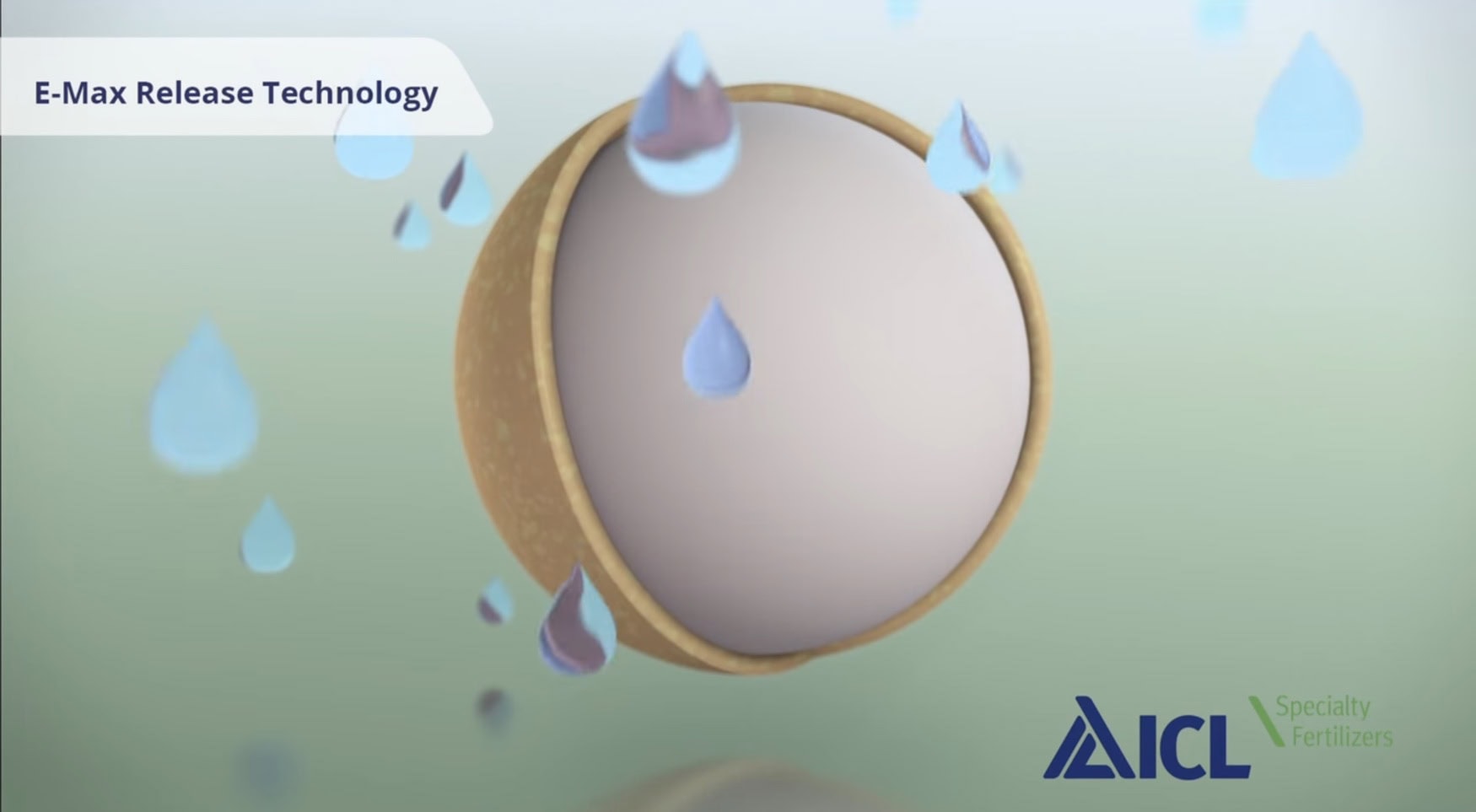New agriculture technologies may reduce farming impact on Chesapeake Bay

At Chesapeake Bay, the sentiment to preserve the region’s natural allure is deeply shared by the local farmers and communities. These stewards of the land have long faced the dual challenges of escalating production under economic pressures while striving to sustain farming practices that prioritize water quality. Presently, farms within the Chesapeake watershed, the largest estuary in the United States, are estimated to contribute nearly half of the nitrogen pollution affecting the Bay.
Traditional reliance on synthetic nitrogen fertilizers, while beneficial for crop growth, has contributed significantly to environmental degradation. Given the complexities of nutrient management, the agricultural community is now turning towards innovative solutions like biostimulants, geomaterials, and microbial nitrogen. These new technologies not only promise to reduce nitrate pollution but also help achieve nutrient management goals more sustainably.
Researchers suggest that to meet these nutrient targets, drastic measures such as taking almost half of the region’s approximately 8.2 million acres of farmland out of production would be necessary. However, such actions could severely impact local farm incomes and the area’s contribution to the broader food supply, making them impractical.
Microbial nitrogen stands out as a promising alternative, potentially allowing farmers to replace about a quarter of their synthetic nitrogen usage per acre without reducing crop yields. This solution can enhance soil health, improve nutrient uptake by plants, and remain cost-effective despite market fluctuations. Consequently, it offers a viable path to enhance on-farm sustainability, boost watershed biodiversity, and reduce nitrate runoff.
Despite the progress made, the burden of environmental improvement cannot rest solely on farmers. They require support from local, state, and federal levels to adopt these new technologies. Initiatives like cost-share incentives and enhancements to state nutrient management plans are crucial but need to be supplemented with further research and development of new sustainable practices.
As the Chesapeake Bay Watershed remains a pivotal agricultural hub due to its abundant natural resources and strategic location, the adoption of technologies like microbial fertilizers is essential.
Source: Maryland Matters



